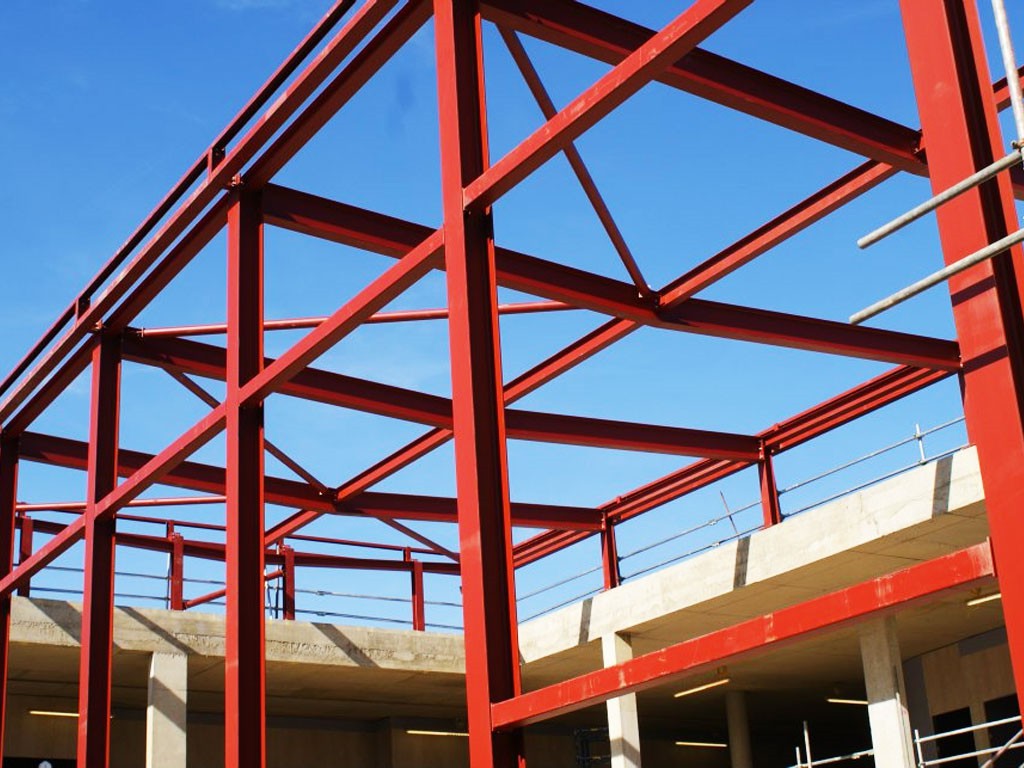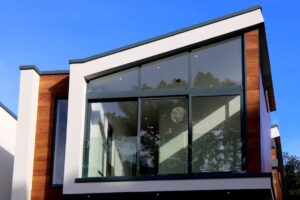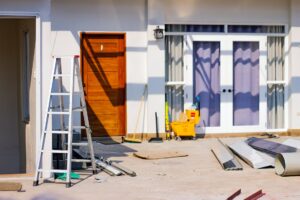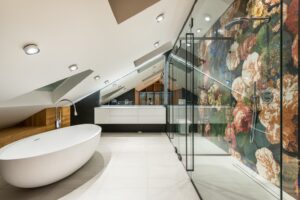Why More Modern Builders Are Choosing Structural Steel Frame Construction
Steel is currently the most attractive building material for a number of reasons including its durability, affordability and sustainability. Contrary to common belief, structural steel is not meant for garages, large agriculture buildings, and skyscrapers only. Instead, steel offers modern-day builders with a wealth of options when it comes to the completion of hybrid construction projects. As a building material, steel is quite versatile, which makes it a necessary inclusion in the process of construction, from start to finish. However, not everyone understands why structural steel is considered the most reliable building material today. Here’s a detailed look at why more and more builders are choosing structural steel frame construction.

Lightweight
Although it may seem unlikely, steel is structurally lighter than wood. It’s true that a 2×4 of steel weighs more than a 2×4 of wood due to its density. However, a steel I-beam will weigh less than almost every structurally sound type of wood beam available because of its design. Aside from reducing the amount of labor required to build, being lightweight makes steel much easier to transport, which minimizes fuel costs. Compared to other building techniques, steel frame constructions often involve less complicated structural support systems because the steel is lightweight, and this usually accelerates project schedules and reduces the overall cost.
Faster construction time
As the age-old adage goes, the more the time wasted, the less the money made. As such, most people today would want their construction projects to come in ahead of schedule and under budget. Unfortunately, unsafe building practices like shortcuts can lead to finished products that are not up to scratch, which is why fast-tracked projects are often a nightmare for contractors. Steel frame construction is one of the most viable solutions to these issues.
Steel frame construction parts are pre-engineered at the factory and shipped ready for installation, speeding up the building process. As a result, we can now complete large-scale projects within weeks. And since the process of fabrication is quality-controlled, project managers can now focus on other concerns. With pre-cut, ready to assemble steel frame construction parts, there’s no longer need to measure and cut on site, which eliminates the element of human error and reduces construction time significantly. To the surrounding area, a steel building project will, therefore, disrupt traffic flow, normal business operations, and access to utilities for a comparatively shorter time.
Cost-effective
Aside from less construction time, much of your first time and lifetime savings will be due to the reduced cost of transport and labor. Even so, using steel might prove cost-effective because of the following qualities:
Recyclable: You’ll be able to recycle every steel frame component installed, which is far better than having to pay landfill fees for non-recyclable waste. Today, waste removal companies will collect your steel building waste at no cost.
Extreme durability: Steel is not only durable but low maintenance as well, making it a more cost-effective choice. Thanks to minimal maintenance, repair and replacement fees, you’ll end up saving a lot of money over the course of your building’s lifetime.
Lower premiums: Today, most insurers offer lower premiums on steel frame construction policies. The reason is that steel structures have an unrivaled ability to resist rot, pests, seismic activities, extreme weather, fire, and heavy snow loads.
Lower initial cost: Thanks to advancements in the production of steel and greater competition to meet the ever-increasing demand, steel prices are much lower than they’ve been in over two decades. While it took ten working hours to produce a ton of steel back in 1980, it takes less than one working hour to produce the same amount of structural steel today. Modern-day consumers benefit from these cost savings.
On account of the cost-saving qualities listed above, steel is probably the most affordable yet reliable building material on the market.
Incredible versatility
Unlike other building materials, steel does not warp, rotate, buckle, clink, distort, or splinter. Thanks to structural steel fabrication, manufacturers can mold steel into a wide variety of shapes and sizes without altering its composition. As a result, steel offers an unmatched level of versatility, which is why it’s an attractive option even for residential use.
Because steel is ductile, steel building components can be adjusted according to a client’s requirements, making it the most versatile building material available today. It is easy to alter or reposition steel wall frames to create a new layout or widen the space. Aside from helping to extend durability, adaptability allows for more natural expansion. You can use steel to create large, column-free spaces, particularly if you want to give your building an elegant sense of openness.
Because steel is malleable, architects and designers are free to explore different ideas when it comes to texture, shape, and layout, all of which can help make a building distinct. In other words, architectural professionals can design and construct a safe and resilient building from the wildest of artistic imaginations.
Additionally, steel roofing and siding products will almost always outlast their wood counterparts by far.
Eco-friendly
As a building material, steel is generally lighter than timber and therefore easier to transport, resulting in reduced fuel costs and faster project schedules. In addition to this, steel is not only energy efficient but can also be recycled, mainly because it’s made from recycled materials. Steel is known to create minimal raw material waste at the end of its lifespan. As per the Steel Recycling Institute:
- Steel is currently the most recycled product worldwide with 80 million tons recycled yearly.
- While the energy intensity has reduced by 28 percent for every ton of steel produced, CO2 emissions have reduced by 35 percent for every ton of steel shipped since 1990. In fact, these reductions are rapidly approaching the defined limits.
Since top-quality, prefabricated steel components feature exact connections, adequate insulation is all it takes to make them airtight and comfortable, giving the building a completely sealed envelope. Additionally, steel roofing systems reduce midday heat gain, which further increases energy efficiency.
It’s however notable that each of the advantages listed above will depend on the product’s quality and builder’s level of experience.
Jessica Kane is a professional blogger who writes for Federal Steel Supply, Inc., a leading steel tubing suppliers of carbon, alloy and stainless steel pipe, tubes, fittings and flanges.



































First of all I want to say excellent blog! I had a quick
question in which I’d like to ask if you don’t mind.
I was interested to know how you center yourself and clear your thoughts prior
to writing. I have had a hard time clearing my mind in getting my ideas out.
I truly do take pleasure in writing however it just seems like the
first 10 to 15 minutes tend to be wasted just trying to figure out
how to begin. Any suggestions or hints? Thanks!
Thanks Heather!
I tend to write when I’m stuck somewhere and have nothing else to do haha. I also will write other parts of my articles before the intro etc. I just write whatever comes up first even if it’s all over the place, it always comes together!